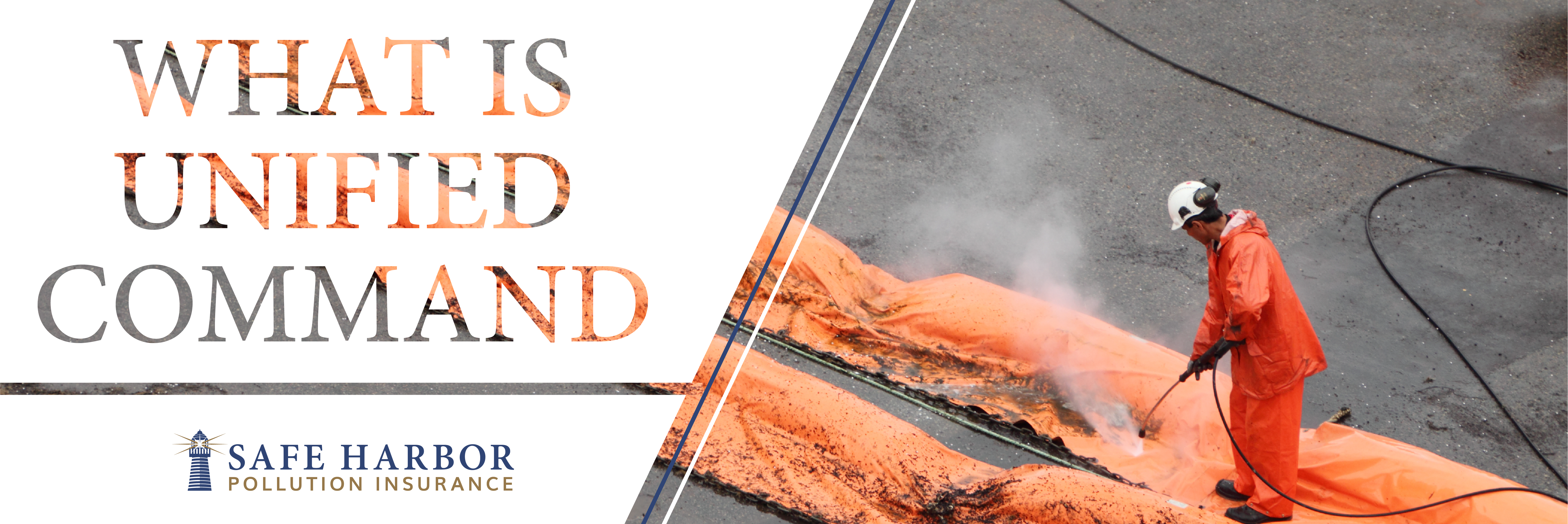Oil spills can have devastating effects on the environment, and that’s why a quick and orderly response is crucial. But who exactly is involved in responding to an oil spill?
In the event of an oil spill, an Incident Command System (ICS) is called in to manage the crisis. The ICS provides an approach for coordinating different agencies during an emergency response. It was originally developed in 1968 to address agency responses to wildfires in California and Arizona, but it now covers a wide range of situations, from active shooters to hazmat incidents.
In the case of an oil spill, particularly if the incident requires multi-agency or multi-jurisdictional coordination, the ICS will expand to include a Unified Command (UC), a response management structure. This team shares the responsibility of managing the incident and includes the Federal On-Scene Coordinator (FOSC), State On-Scene Coordinator (SOSC), and the responsible party (RP).
The UC follows a framework that outlines how to resolve problems and determine solutions with the goal of establishing a collective approach to the incident.
Some of the UC’s responsibilities include:
- Mutually agreeing upon objectives, strategies, and priorities
- Coordinating discussions and decision making
- Arranging resources and cost-sharing procedures
- Ensuring the health and safety of the public and responding workers
- Overseeing and implementing response efforts
This response system allows several agencies to collaborate and share the responsibility of swiftly reacting to and containing the incident. If the spill crosses jurisdictions, such as geographical boundaries or the state and local levels, this triage is especially helpful in streamlining the actions needed to address the spill.
Though each member of the Unified Command is working toward a common goal, individuals do have their own roles and responsibilities. Below we’ll discuss what is expected from the FOSC, SOSC, and responsible party.
Federal On-Scene Coordinator
If the oil spill occurs in an inland zone, the FOSC is usually an official from the Environmental Protection Agency (EPA), but if it’s a coastal spill, it’s a member of the U.S. Coast Guard. The FOSC is the lead federal official and therefore covers all federal interests. They provide access to federal resources and offer technical assistance, as they connect state and local responders with the National Response System (NRS). The FOSC focuses primarily on containment, removal, and disposal efforts but can also call in additional federal agencies for guidance and consultation.
State On-Scene Coordinator
The SOSC pertains to the state (and/or local) agencies involved in responding to the oil spill. For example, the Alaska Department of Environmental Conservation is the lead response agency in Alaska. This role is similar to the FOSC, yet it focuses on state-level actions. The SOSC follows set guidelines and helps coordinate and contact other state agencies that can offer help. The SOSC, along with the FOSC, advises the RP on legal requirements involving containment and recovery.
Responsible Party
The RP is the vessel owner or operator who is responsible for the spill. The RP is required to notify federal and state authorities, including police and fire departments, in the event of a spill. They must take action to clean up and remedy the crisis. The FOSC and SOSC oversee the RP’s actions and response and can take over at any point if they deem the RP’s actions inadequate. If the RP has a government-approved contingency plan, the Unified Command will use that as guidance; if there is no plan in place, the response team will refer to a Unified Plan.
The Unified Command’s main goal is to address and contain the oil spill quickly and efficiently. With local, state, and federal levels of governments involved, the team can coordinate a response while following appropriate guidelines and legal requirements.
At Safe Harbor, we offer a 24/7 hotline you can call to report an oil spill or threat of discharge. We are the fastest and largest spill response network in the industry, helping to contain incidents and mitigate further damages. Learn more about Safe Harbor’s industry-leading network here.




